How to grow blue flax
Last Update :2024.05.07
Article Catalog
3. Problem diagnosis and treatment
It is a plant widely distributed in our country. As a perennial flower, the height is between forty and fifty centimeters. Its stem is upright and has many branches. Its leaves are alternate, generally lanceolate, and lighter blue-green in color. Its inflorescence is umbrella-shaped, terminal, with very thin peduncles. It blooms from June to July.
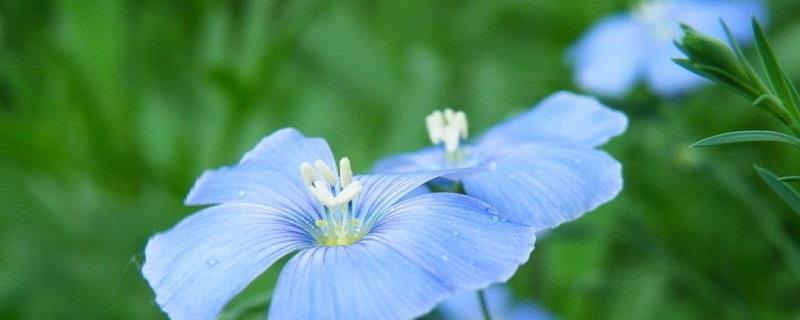
1. Maintenance methods
1. Maintenance methods
1. Temperature: Blue flax likes a cooler environment, so it can be kept between 15 and 20 degrees. An environment that is too hot is very detrimental to it, so try not to exceed 30 degrees. Especially hot and stuffy environments must be avoided. However, its cold resistance is relatively good.
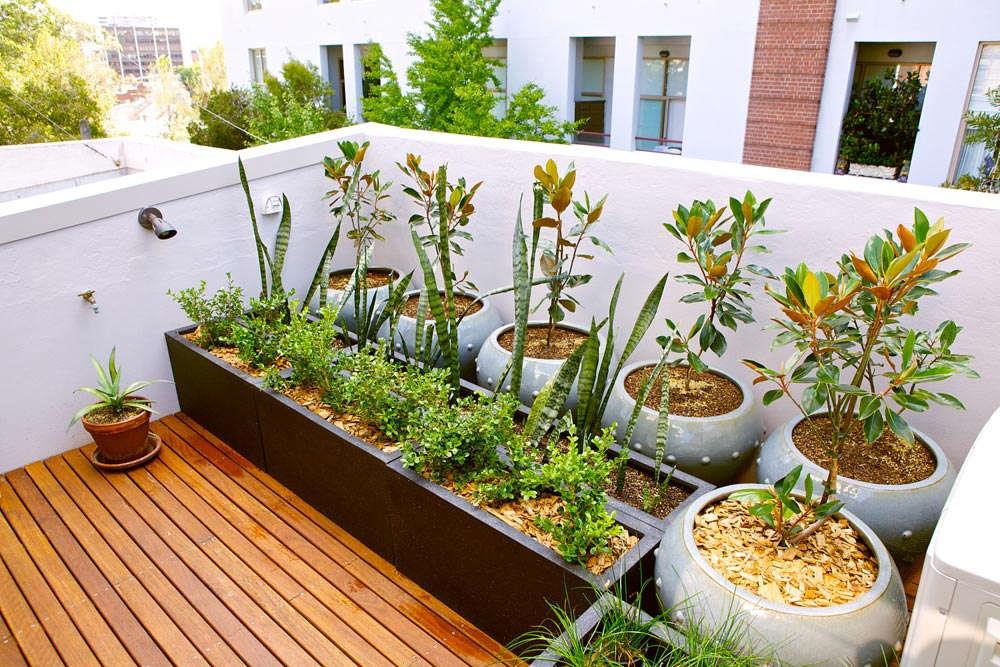
2. Light: Blue flax likes an environment with sufficient sunshine. However, its ability to withstand semi-shade is also good, but it cannot be in a very dark place for a long time. Especially during the growth period, don't give it no light at all. In addition, in winter, try to let it receive as much light as possible.

3. Watering: When blue flax is in the seedling stage , requires a lot of water. Generally speaking, spraying water once or twice a day can meet its requirements, and the substrate needs to be kept moist at all times. When it grows up, you can gradually reduce the frequency of watering. In times of drought, you need to replenish water in time.
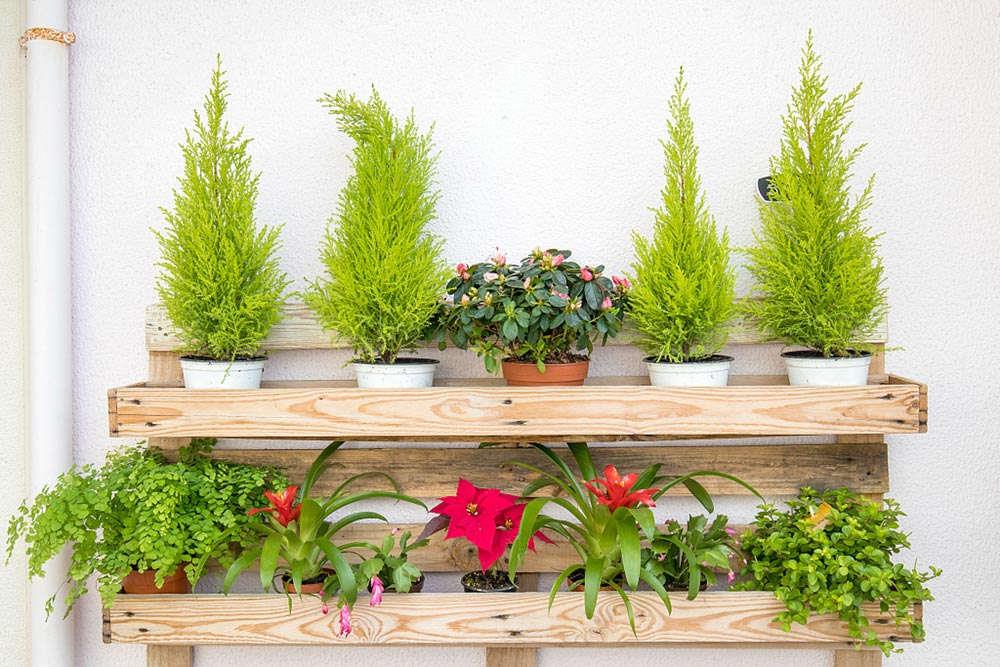
4. Fertilization: If the nutrients in the soil are insufficient, then Subsequent fertilization is more important. It is best to use organic fertilizer or compound fertilizer. But don’t fertilize too much.
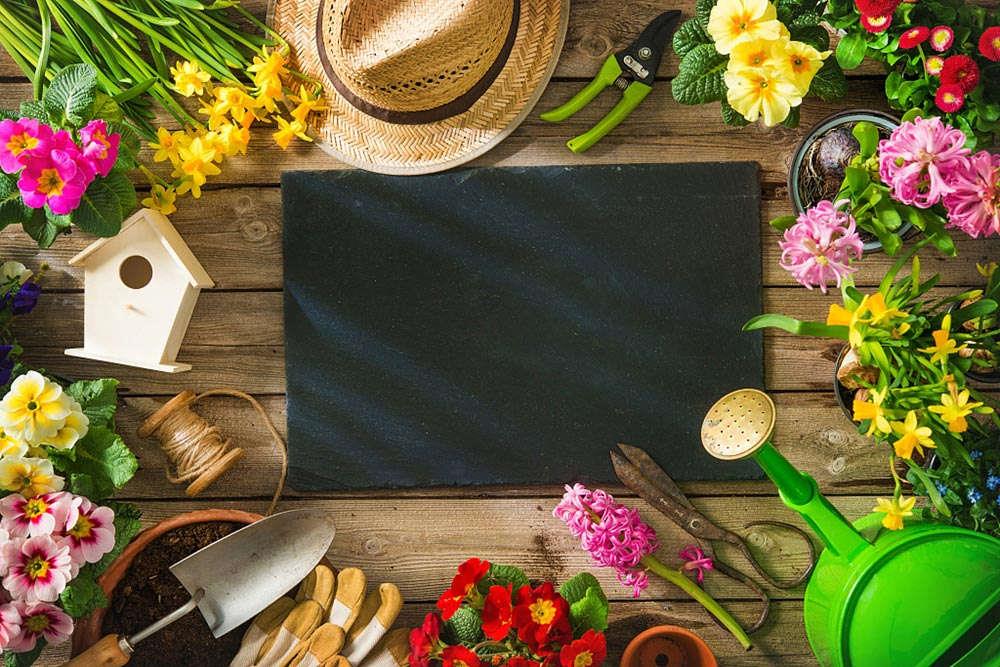
2. Breeding skills
1 , Propagation: Cutting method can be used. The substrate can be nutrient soil, river sand, peat soil, etc. The material can be healthy and relatively thick branches, preferably the top tips. The best temperature after cutting is 18 to 25 degrees, and proper shade to avoid wound rot. Furthermore, it is also very important to replenish enough water.
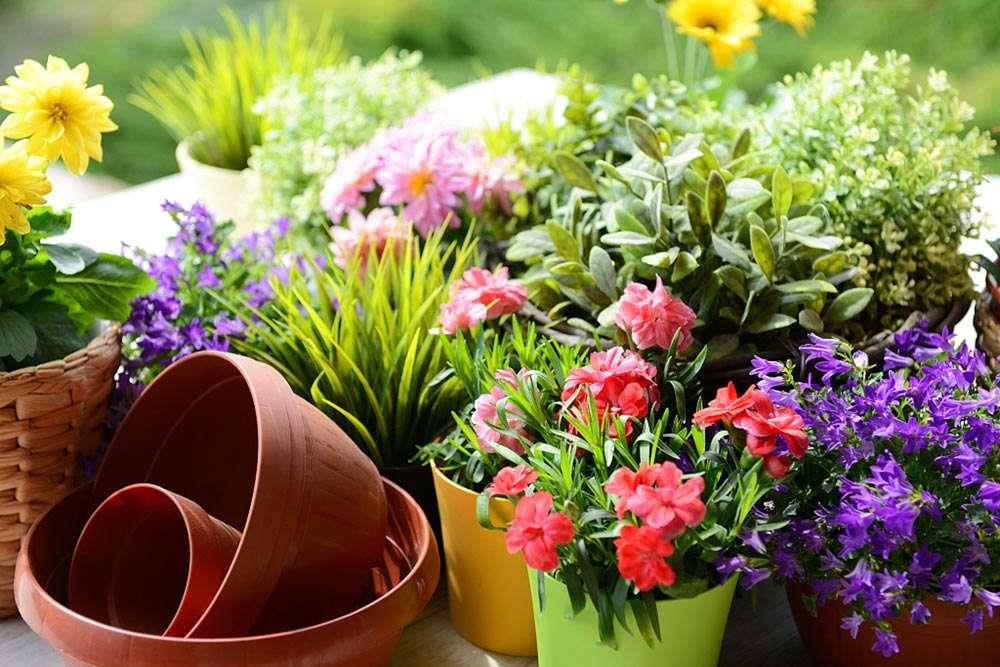
2. Pruning: pruning of blue flax, mainly Pruning is a very good auxiliary measure when there are dry parts, diseases or insects. Furthermore, it is best to do a little repair after flowering.

3. Problem diagnosis and treatment
1 2. Diseases: After watering too much, or not draining water in time during the rainy season, causing water accumulation, some diseases such as "root rot" will occur. Since there are rotten parts of the root system, it is necessary to remove the pot and repair the root system while spraying.
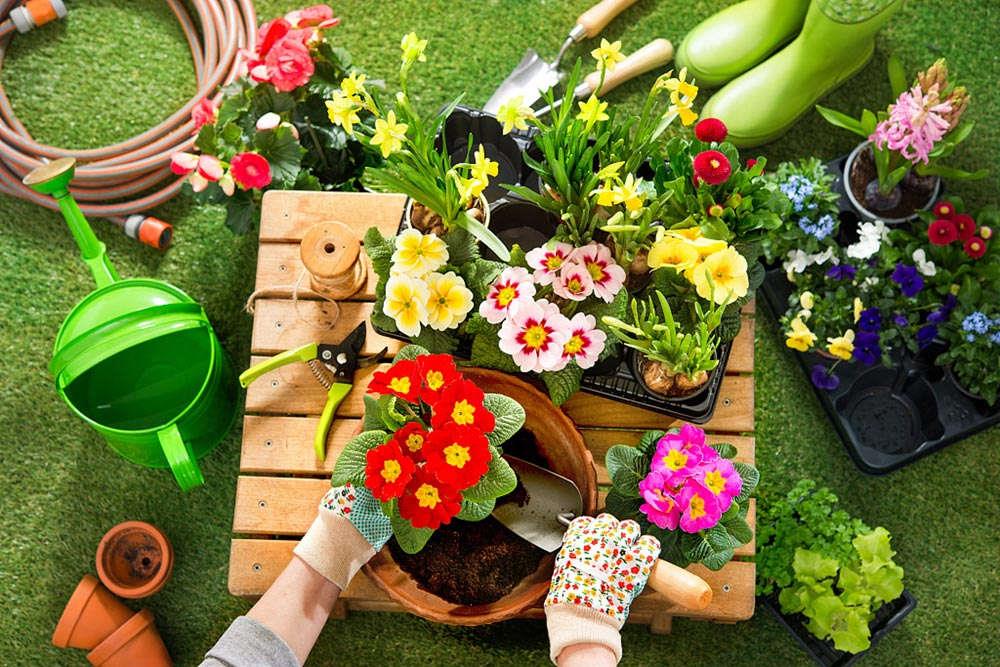
2. Pests: Pests rarely appear and cause little harm. It's not too big. If there is any, just spray insecticide in time.
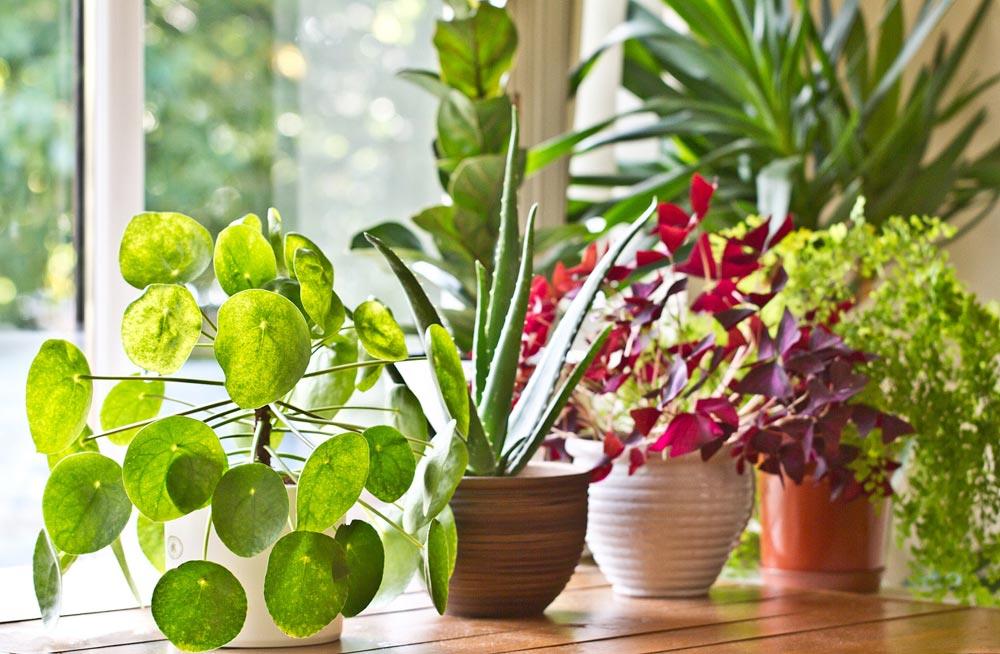
4. Other questions
1 , Toxicity: It is non-toxic and harmless, so don’t worry.

2. Can it be grown at home: Yes. It is a relatively common flower, and its flowers are very delicate, cute and beautiful. Not only can it be placed at home, but it can also be used to decorate flower beds, etc.
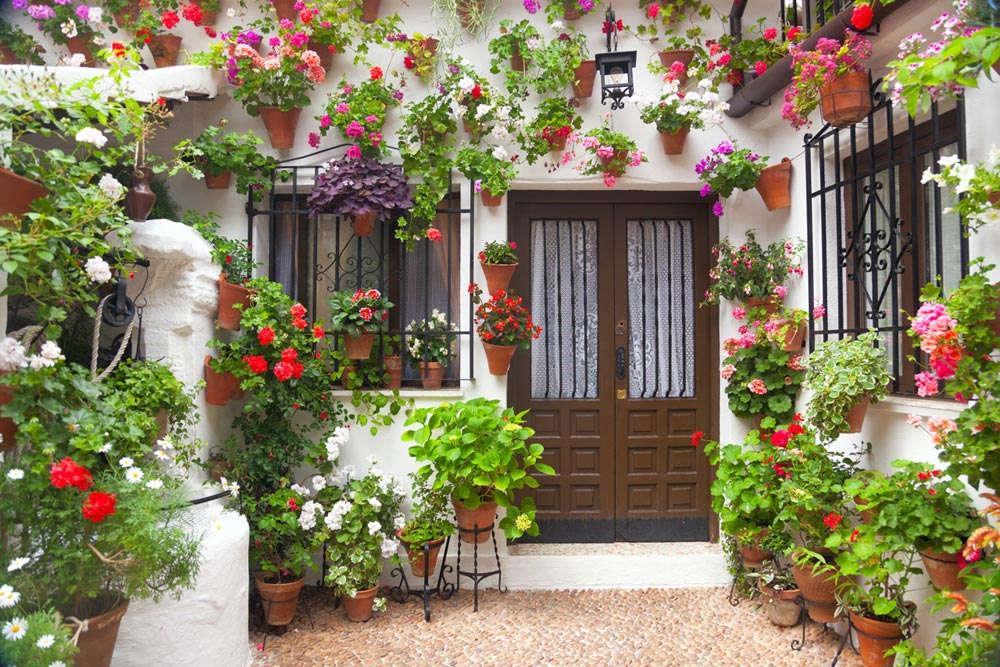
2. Breeding skills
3. Problem diagnosis and treatment
4. Other issues
- END -
Milk thistle cultivation methods and precautions

Soil: Milk thistle is highly adaptable and can grow anywhere, but it is best to gr...
How to grow truffles

Growing environment: Truffles like to grow in well-drained, neutral or alkaline mu...